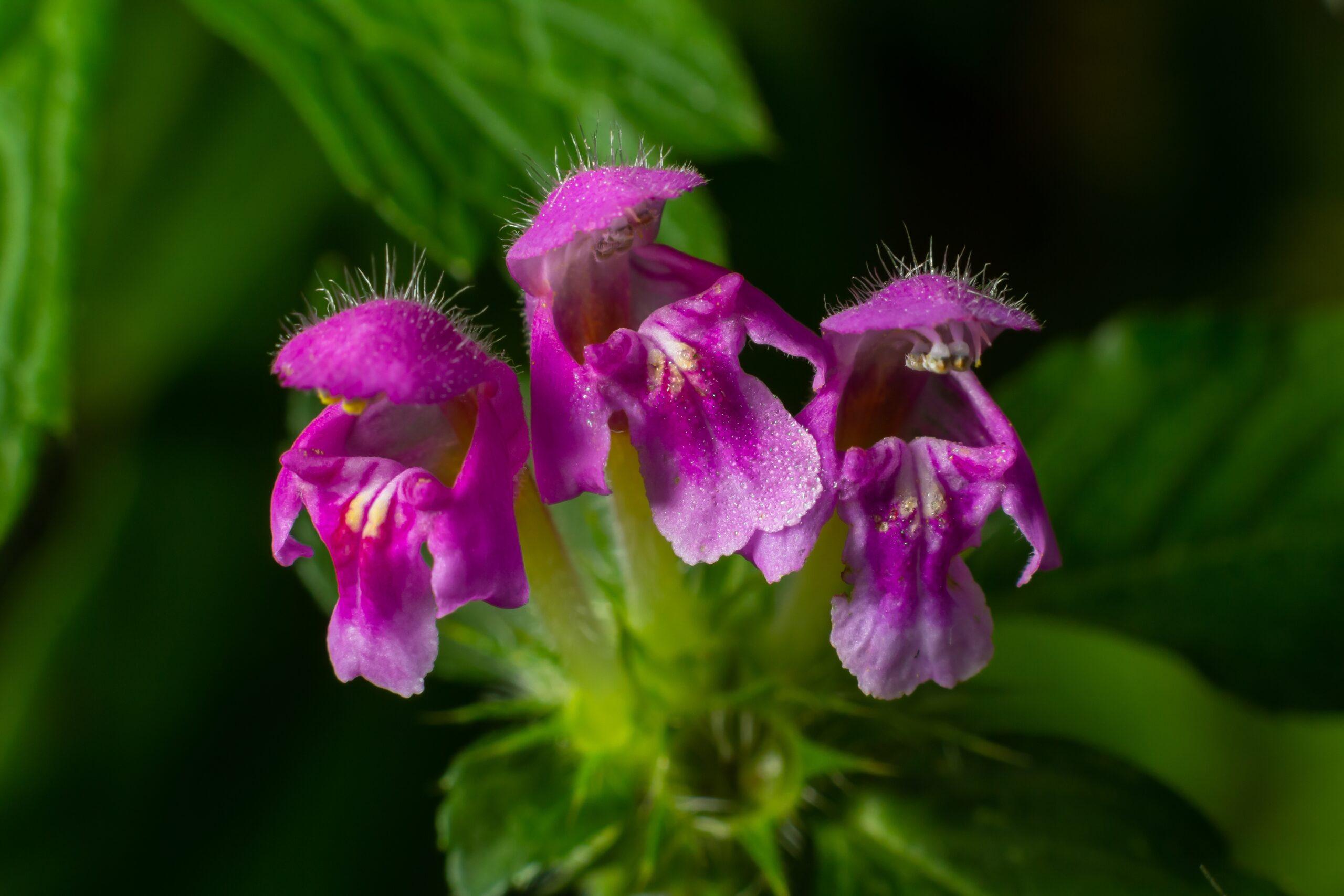Do you have a spot in your garden that’s shady but stays on the dry side? Fear not! You have more options than you might realize for plants that can thrive in these challenging areas in your landscape.
I asked our team in Tagawa’s Perennial Department to share ideas for some of the dry-shade plants that thrive in their own gardens once those plants have been established!
What does established mean?
It means that these plants get enough water during their first and second seasons to develop extensive and robust root systems. Those strong roots will be available to pull in water beyond the original root ball of the plant. That will keep the foliage and flowers happy. It just makes sense!
So with that specific requirement in mind for helping dry shade plants thrive, let’s take a look at some of the plants our Perennial staff recommends. Their list includes a few well-known favorites and others you may have never considered until now.
Bergenia (a.k.a. Giant Rockfoil or Pigsqueak)
Personally, I’m fond of pigs and am drawn to any plant with the word “pig” in its name. By the way, the name apparently comes from the sound the leaves make when they’re rubbed together.
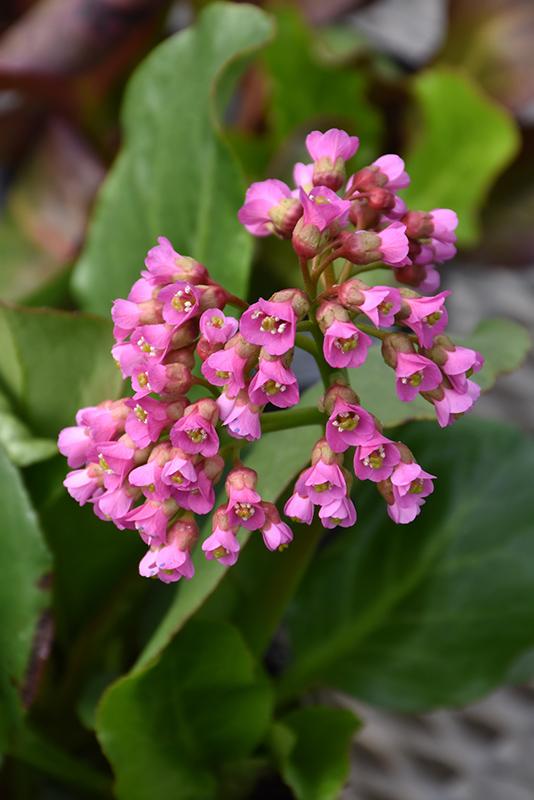
Bergenia is one of those lovely plants that is especially adaptable, thriving in both moist and dry conditions once established. They’ll grow in part to full shade, meaning some soft sun is fine and would likely encourage more flowers. The blossoms come in mid- to late spring. As a bonus, the succulent foliage turns a brilliant burgundy color in the fall.
Bugloss
This shade-loving plant has some of the sweetest sky-blue flowers you could ever hope to have. They almost look too delicate to be real.
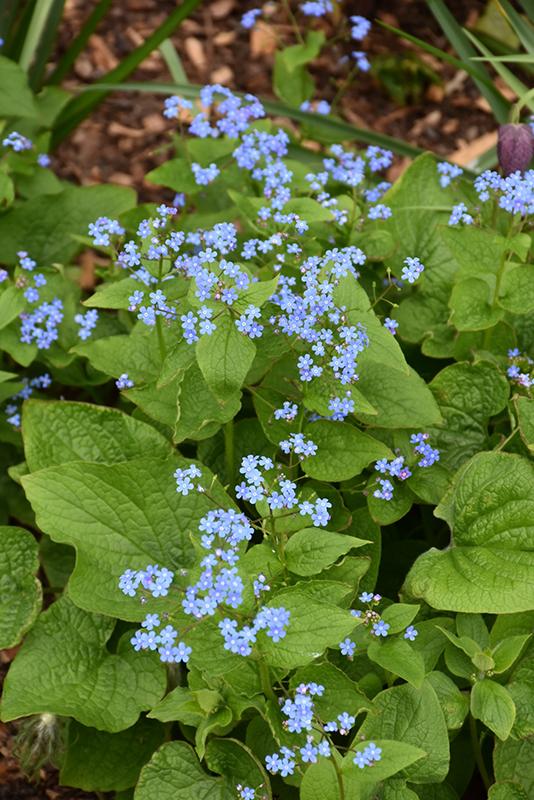
Bugloss comes in different varieties, some grown primarily for their beautifully veined foliage more than for their blossoms. All varieties bloom in early to late spring. Bugloss is deer and rabbit resistant but probably shouldn’t be planted in gardens with dogs that are inclined to eat plant foliage.
Lady’s Mantle
If a big dose of pure green sounds appealing, Lady’s Mantle is the perfect plant for you!
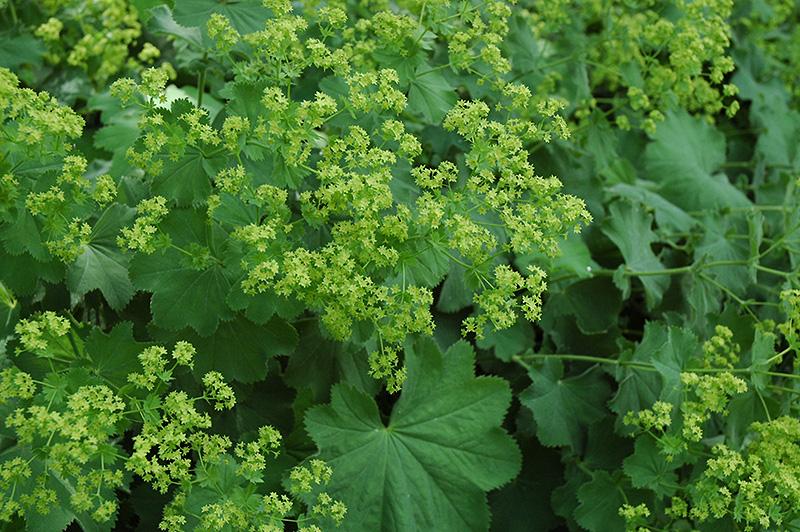
Lady’s Mantel sends up airy clusters of chartreuse flowers over bold green leaves from early- to mid-summer. The flowers are excellent for cutting. The leaves hold their dense green color all summer long.
Lady’s Mantel is fine in a drier shade garden once established, but it tolerates moist settings as well.
Woodland Phlox
Woodland phlox is generally grown as a ground cover, with most varieties topping out at about 8″ to 12″ tall. The lightly scented flowers appear from mid- to late spring. Some varieties bloom a bit later, from late spring to early summer.
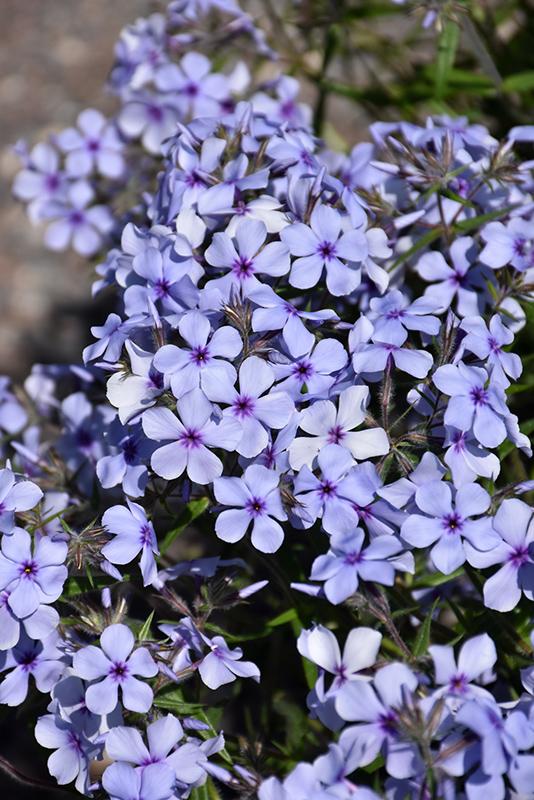
Woodland phlox actually prefers drier settings and may not perform well in constantly moist soil. It will self-sow, but not in an aggressive way. The flowers are appealing to pollinators, especially butterflies and hummingbirds.
Lamium (a.k.a. Deadnettle)
Don’t worry. Lamium is not related to the stinging nettle that has ruined many a walk in the woods. The name deadnettle implies as much.
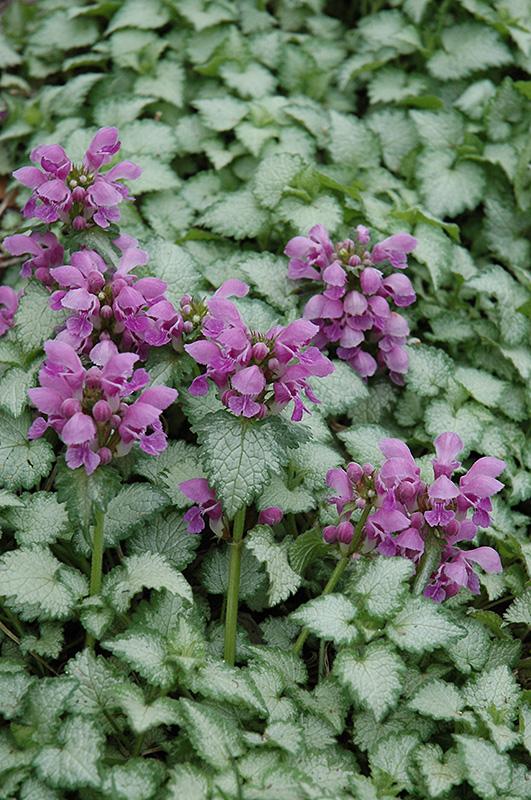
While the plant is considered to be invasive in some wild settings, Colorado isn’t one of them. Lamium is in the mint family, meaning it can root and spread easily, but it generally isn’t considered a pest in home gardens here, given some modest control.
Many varieties of Lamium bloom from mid-spring to early fall.
Hostas
Hostas are tried-and-true shade-loving plants and come in a wonderful variety of foliage patterns and colors. If you’ve grown the more familiar varieties, consider a trip to Tagawa to expand your collection!

Hostas can range in size from… well, small… medium… and large! Hostas are grown primarily for their magnificent leaves. Unfortunately, certain pests like snails find those leaves attractive, too.
If you choose to grow hostas, remember to keep an eye on pesky “wildlife,” and don’t let problems get out of hand. Tagawa’s Garden Advisors on Aisle 8 can suggest ways to fight back against the pests. Hostas do flower, with blossoms appearing in mid-summer in white, lavender, or purple.
Hellebores (a.k.a. Lenten Rose)
These plants are loved not only for their beauty but for their ability to bloom starting in late winter. They’re an excellent example of the benefits of “planting it forward,” even if you find them for sale after their primary blooming period has passed in mid-spring. They’ll be there to greet you next season!
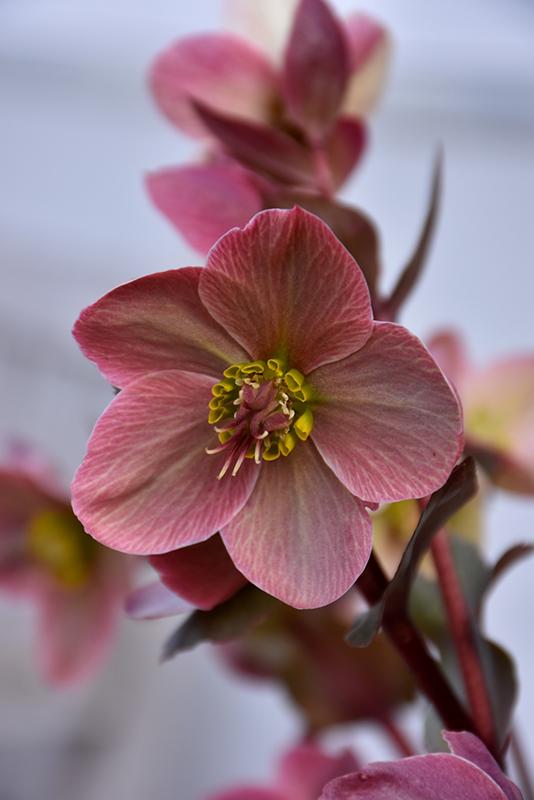
Hellebores don’t re-bloom, but their foliage is evergreen and stays attractive all year long. It’s a good idea to protect them from drying winter winds.
It’s best not to plant hellebores in yards where inquisitive children and pets play since some parts of the plant are toxic when eaten.
And are there more?
Yes, there are many more plants well-suited for dry shade in home gardens! The good folks in Tagawa Gardens’ Perennials Department will gladly show them to you. That dry, shady spot in your landscape doesn’t have to be a problem anymore!
